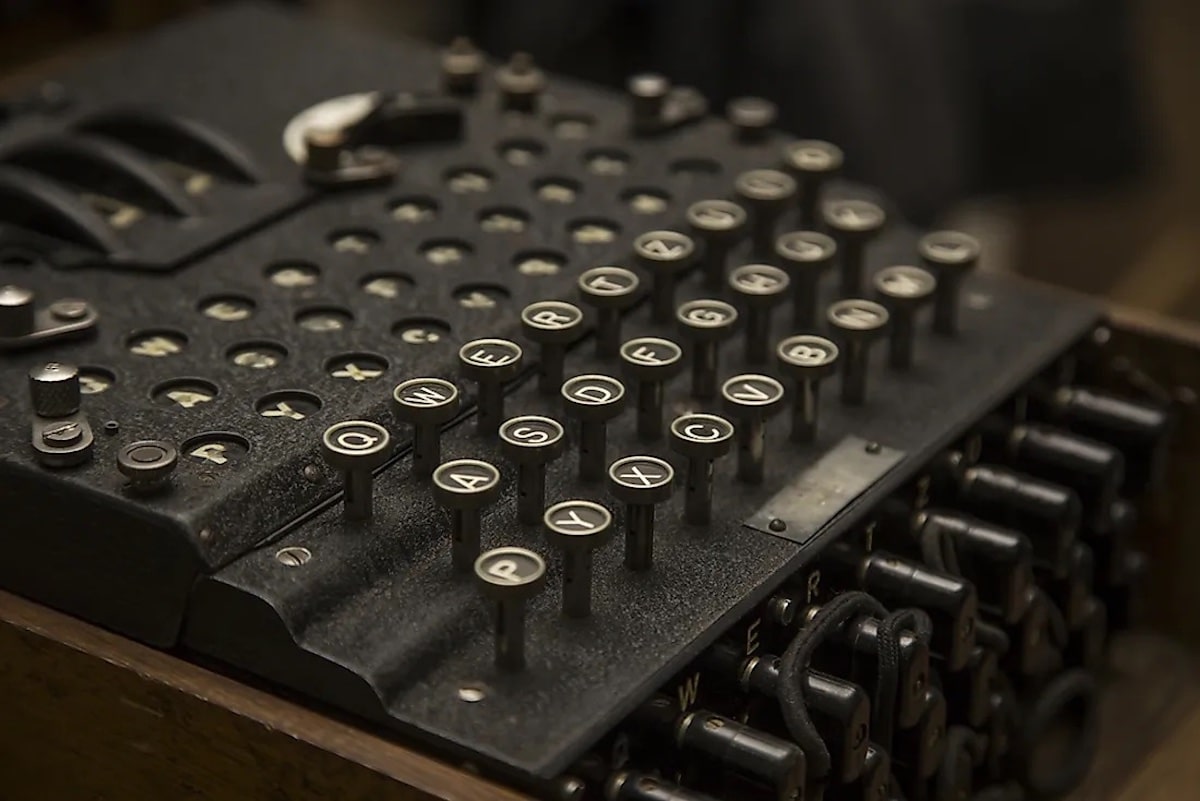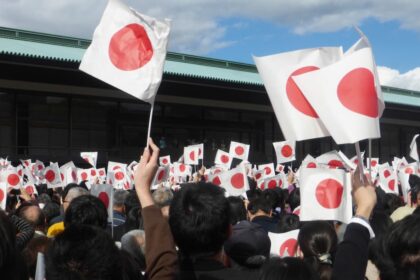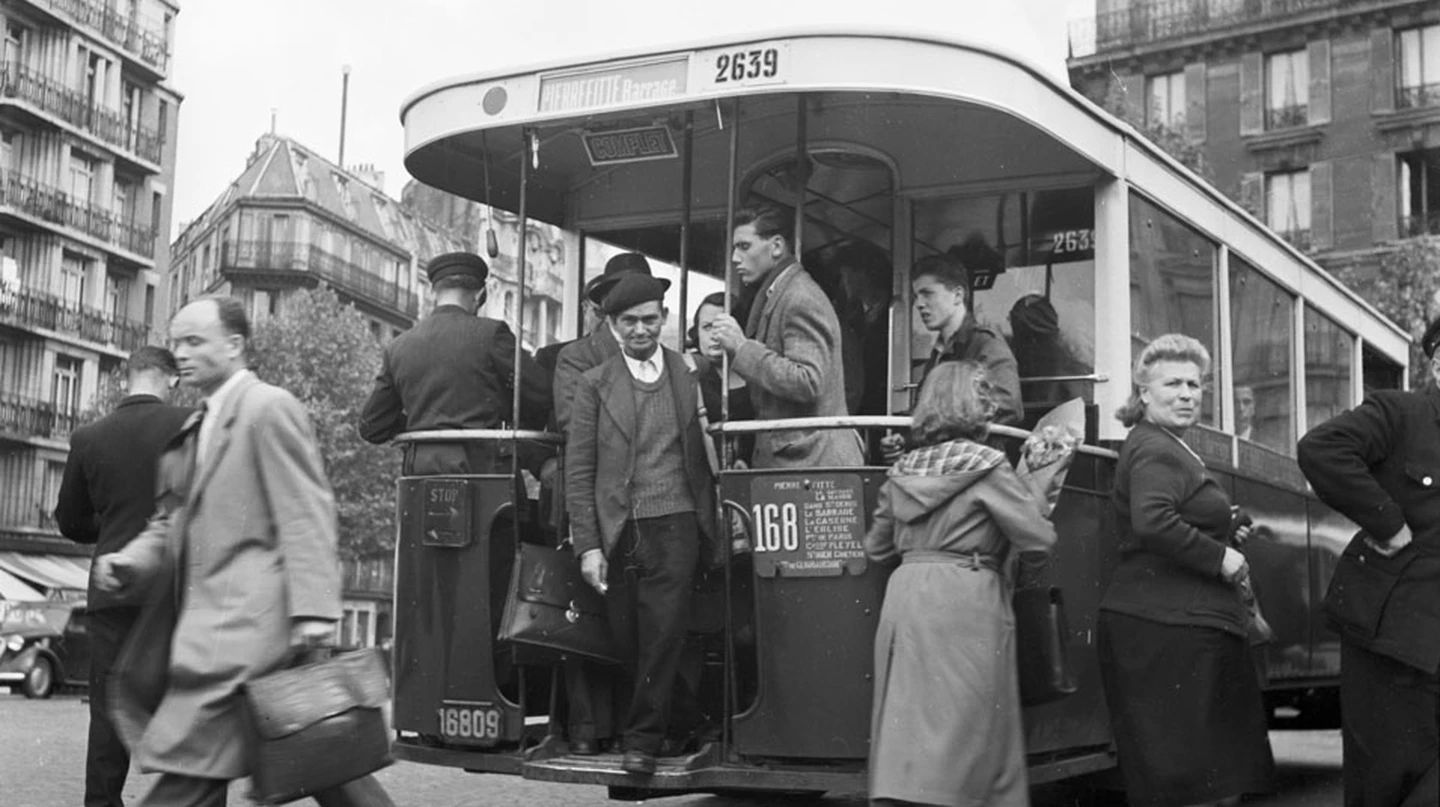The world’s oldest hotel: Hayakawa, Japan, 705
The Japanese traditional ryokan hotel “Hoshi” was widely regarded as the world’s oldest hotel (and oldest company) until 2011. In 717, it opened in Komatsu as a place for travelers to stay close to the city’s hot springs, and it continued to do so for the next 13 centuries. When the Guinness Book of World Records named Hoshi the oldest company in the world in 1994, it immediately became a member of the exclusive Enoch Club, which consists of businesses older than 200 years.
- The world’s oldest hotel: Hayakawa, Japan, 705
- The world’s oldest bank: Monte dei Paschi di Siena , Italy, 1477
- The world’s oldest pharmacy: Town Hall Pharmacy, Estonia, c. 1420
- The world’s oldest watchmakers: Gallet & Company, Switzerland, 1466
- The world’s oldest newspaper: Post- och Inrikes Tidningar, Sweden, 1645
- The world’s oldest shipbuilders: Camuffo, Greece, 1438
- The world’s oldest carrier: Shore Porters Society, Scotland, 1498
- The world’s oldest gunsmiths: Bartolomeo Beretta, Italy, 1526
- The world’s oldest publishing house: Cambridge University Press, England, 1534
- The world’s oldest manufacturer of musical instruments: Zildjian, Turkey, 1623

In 2011, however, authorities from the Guinness Book of Records changed their minds and recognized the Nishiyama Onsen Keiunkan in the central Japanese hamlet of Hayakawa as the oldest hotel in the world. Since its foundation in 705, this hotel has been held by the same family, which now comprises the 53rd generation. It remains a conventional ryokan, complete with the original 705 furniture and service.
The world’s oldest bank: Monte dei Paschi di Siena , Italy, 1477
In 1477, the Monte dei Paschi di Siena opened for business. This puts it about 120 years ahead of the next oldest bank on the list, the German Berenberg. The Republic of Siena, an Italian city-state that flourished between the 12th and 16th centuries and became one of the continent’s most important banking hubs, is where the bank was established. The city has been a major financial center in Western Europe since the 12th century, with branches lending money to the Holy Roman Empire, the French royal court, and the Vatican. In its early days, Bank Monte dei Paschi di Siena was a monte di pietà (mount of piety), the medieval Italian term for a special “charity” pawnshop where borrowers left collateral property equal to one-third of the loan amount. Only this portion of the borrower’s property was put up for auction if he failed to repay the loan on time.
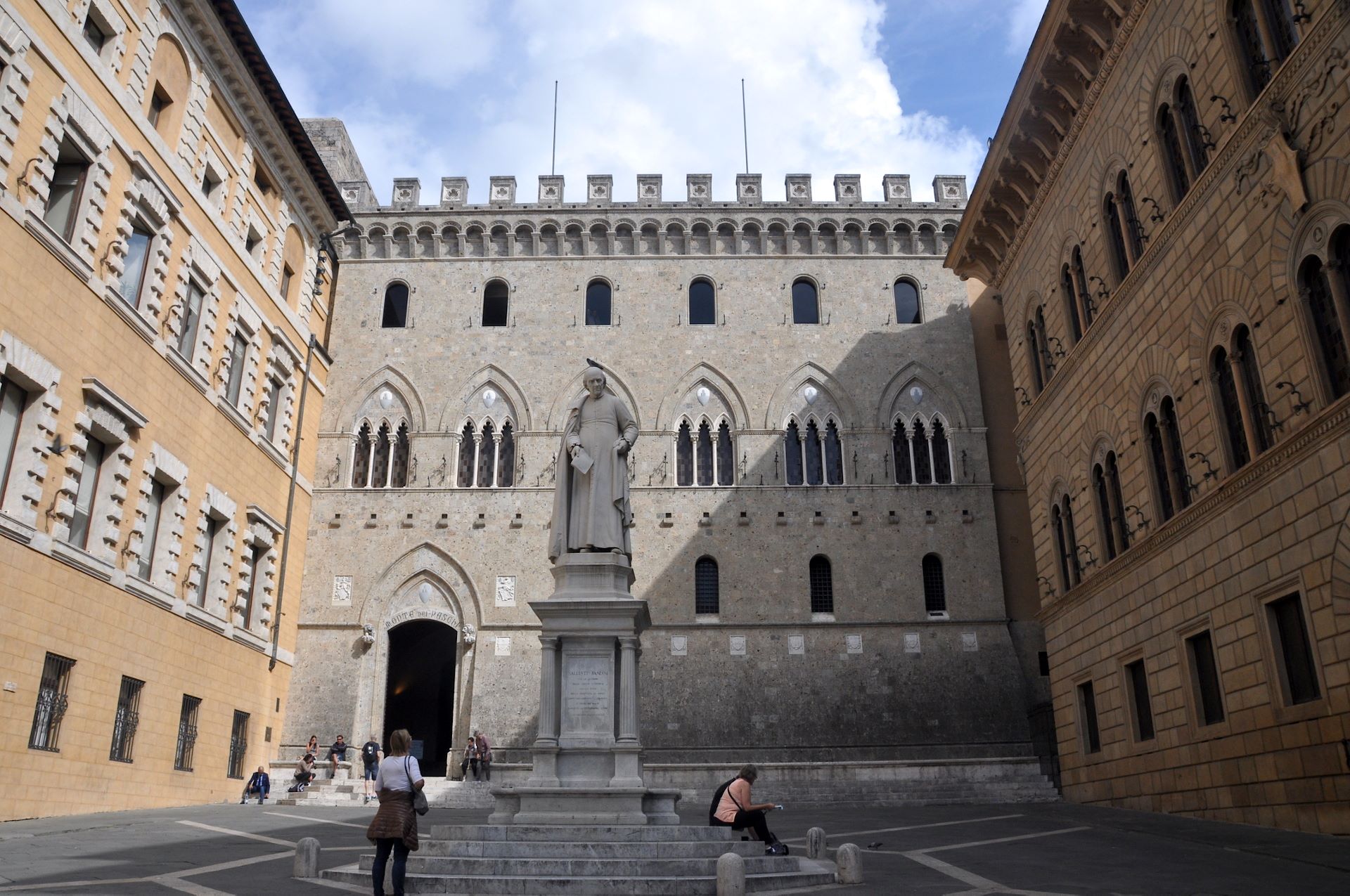
The church has traditionally approved of monte di pietà; it has long condemned usury and advocated for charitable giving to the needy. However, by the 17th century, Monte dei Paschi di Siena had evolved into a full-fledged bank, and it underwent several restructurings after that. There are currently branches in 20 different Italian towns, and the bank’s history of art collecting has resulted in a significant collection of Italian works.
The world’s oldest pharmacy: Town Hall Pharmacy, Estonia, c. 1420
At least as far back as 1422, the Town Hall Pharmacy (Raeapteek, Est.) has been a fixture on Tallinn’s Town Hall Square. There have been hundreds of proprietors during the course of its six centuries, with Hungarian-born Johann Burkhart Belavari de Sekava being the most notable. Coming to Tallinn in the 1580s, he practiced medicine and chemistry until being named head pharmacist in 1583 by the city council, which also leased him the Town Hall Pharmacy. After more than a century of renting from the city, Johann Burkhart IV finally purchased the pharmacy in 1688. It was passed down via the female line until Johann Burkhard X died in the 1890s without a male successor, at which point his sisters were obliged to sell the company in 1911.
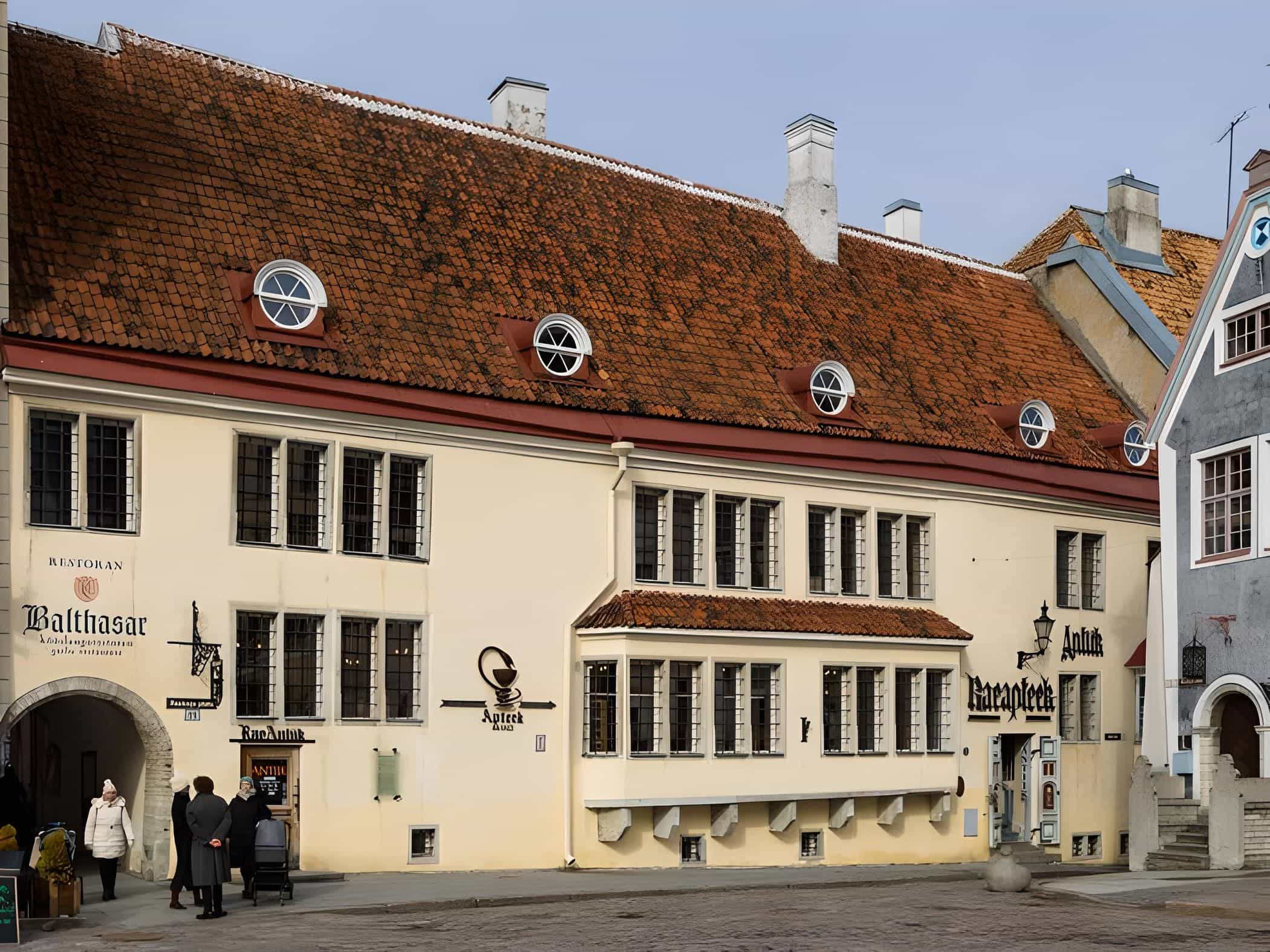
The pharmacy then went through a series of ownership transitions before ultimately coming under state control and undergoing extensive renovations before reopening in 2003.
The world’s oldest watchmakers: Gallet & Company, Switzerland, 1466
Humbertus Gallet, the presumed company founder, has remained shrouded in mystery. In Geneva, where he had been granted residency since 1466, he developed a passion for watchmaking that he eventually passed on to his son. In 1826, a descendant of watchmaker Humbertus Gallet, Julien Galle, formally registered the trademark and relocated the business from Geneva to La-Chaux-de-Fonds, Switzerland, which is now known as the city-factory for the production of watches and where roughly one-third of the working population is employed in the watch industry. This is how Marx was able to evaluate the division of labor in La-Chaux-de-Fonds’s watchmaker manufacturers and include it in his book Capital.
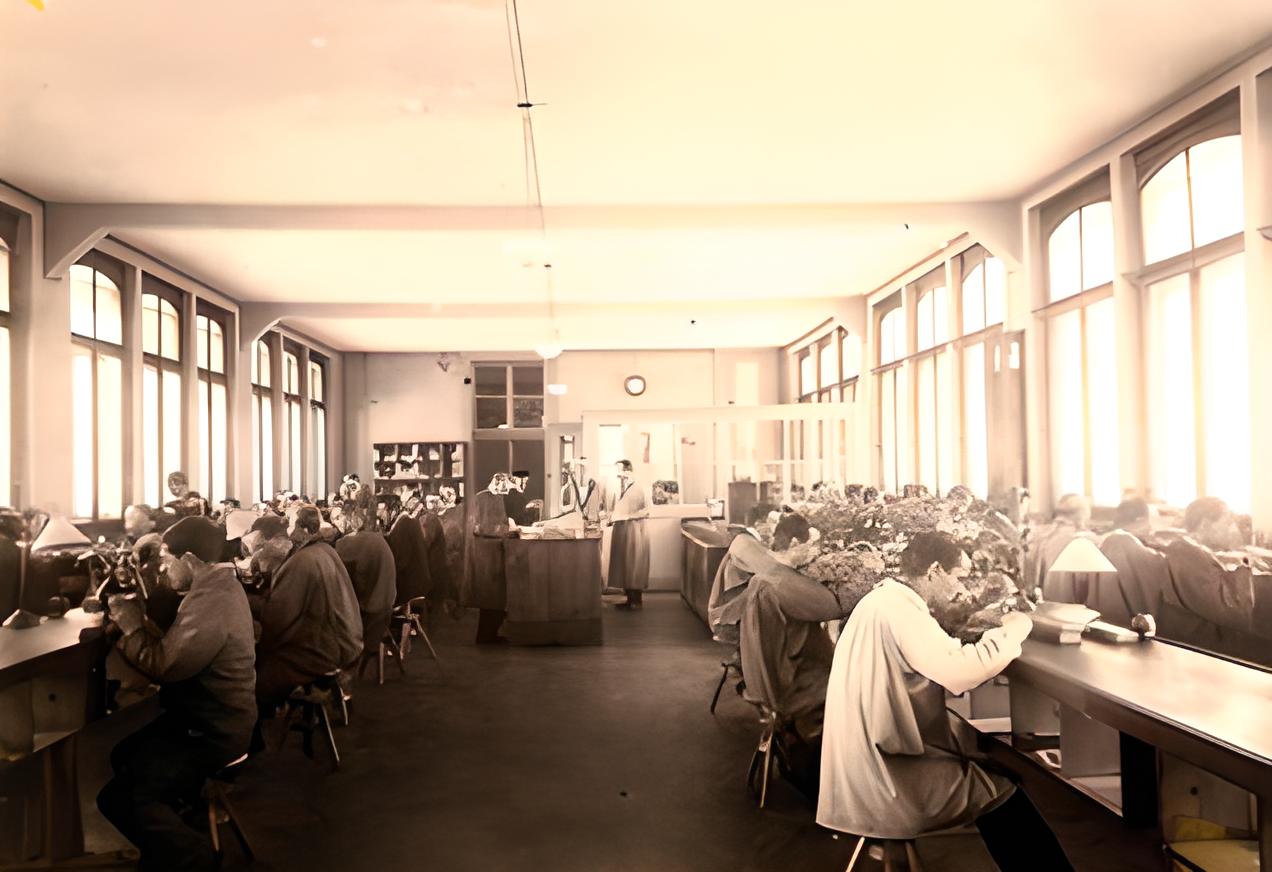
At the tail end of the 19th century, Gallet & Co. started viewing the American market as strategically important. In 1939, at Harry Truman’s request as a Missouri senator, the company produced its most renowned model, the Flying Officer Chronograph, for use by combat pilots; this watch had a spinning display with the names of towns to help pilots keep track of the time difference between cities. This watch, which is currently on display in Truman’s museum, was worn by the man himself when he was President of the United States from 1945 to 1949.
The world’s oldest newspaper: Post- och Inrikes Tidningar, Sweden, 1645
In 1645, Swedish Queen Christina issued an edict that led to the establishment of the newspaper Post- och Inrikes Tidningar (i.e., “Post and Domestic Times”), nine years after the establishment of the Royal Post Office, which is also still in operation today. In the early days, the newspaper was Sweden’s primary source of news, and it was the job of local postmasters to gather all news that came to their attention and forward it on to the editorial office. New editions of the newspaper were required to be posted in public locations, and the same post offices were responsible for distribution.
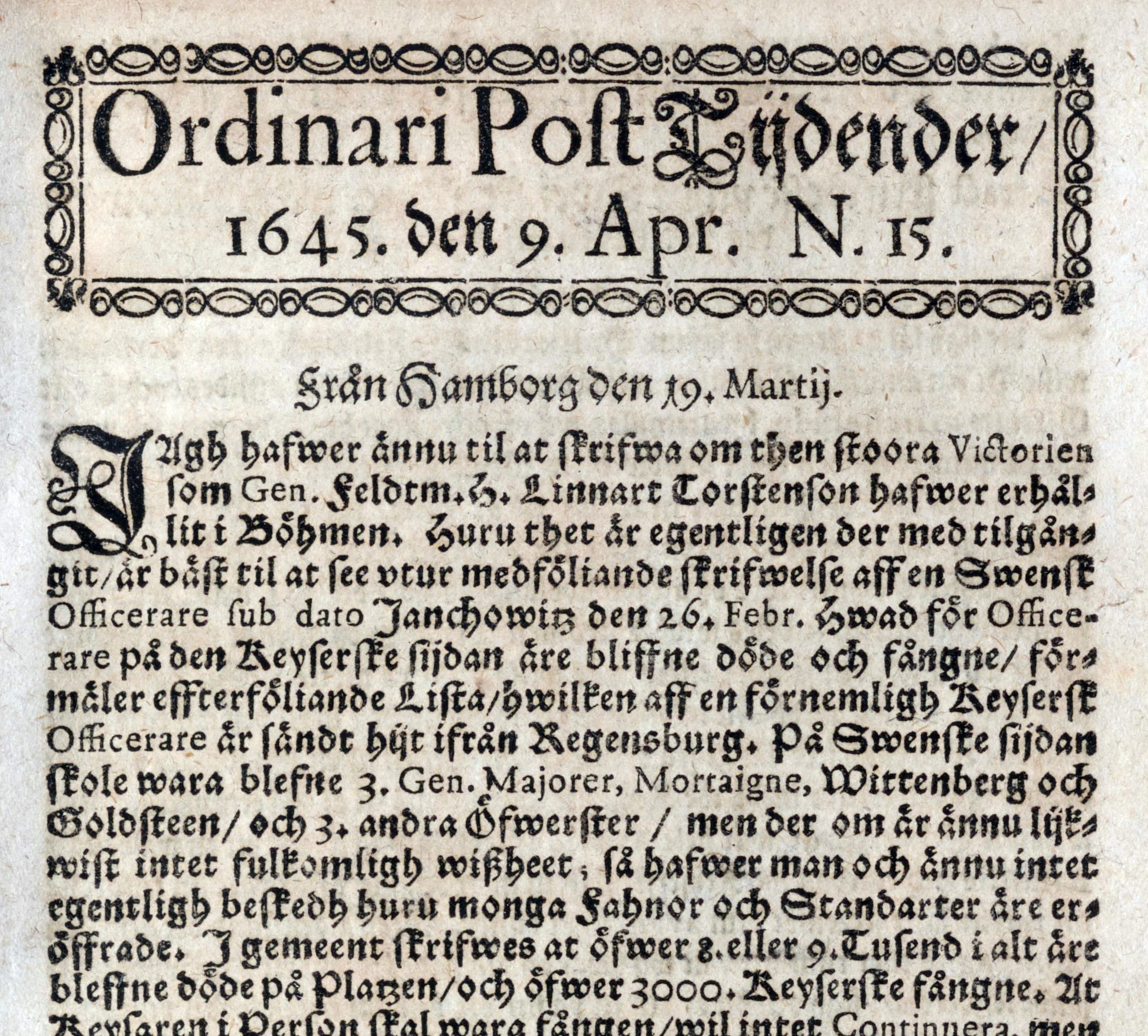
Post- och Inrikes Tidningar (“Post and Domestic Times”) was formed in 1821 when the newspaper was merged with Sweden’s Inrikes Tidningar (“Domestic Times”). After that, the daily went through two more significant changes: in 1922, it stopped publishing everything but state decrees and court rulings because of competition from commercial newspapers, and since 2007, it has been published only online.
The world’s oldest shipbuilders: Camuffo, Greece, 1438
Camuffo, the world’s oldest shipyard still in operation, was established in 1438 on the island of Crete, which was then part of the Republic of Venice. Because of the growing power of the Ottoman Empire in the Aegean after the fall of Constantinople in 1453, the founder’s son relocated shipbuilding to Chioggia, Italy, which is close to the city of Venice. Over the course of several hundred years, Camuffo artisans built fishing boats, barges, pleasure, commerce, and transport vessels in the Venetian style for customers in what was once the greatest commercial port on the Adriatic Sea.
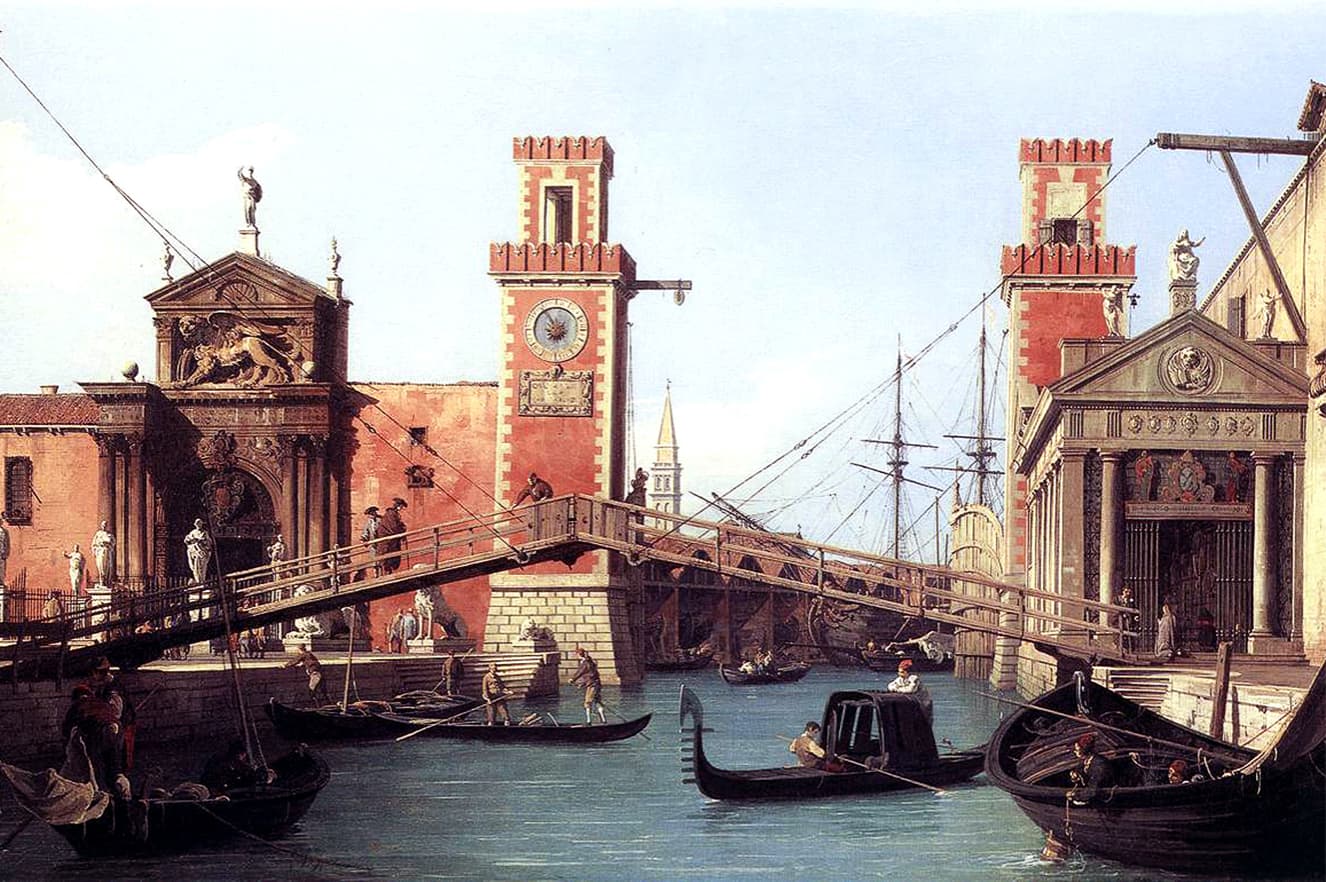
There are only three motorboat models available, ranging in length from 18 to 20 meters, and the firm has been held by the same family for 18 generations. Camuffo still employs numerous rare and expensive woods in its products, earning it the epithet “Stradivarius at Sea” from industry publications in the latter part of the 20th century, a moniker it proudly displays in advertising.
The world’s oldest carrier: Shore Porters Society, Scotland, 1498
In Aberdeen, Scotland, the Shore Porters Society was established in 1496, six years after Columbus’s first journey to the Americas, and its name has remained unchanged ever since. The company began as a loose affiliation of people working in the Aberdeen harbor, but by 1666, it had grown so large that it split into two sections: the shipping department, which owned the company’s horses and wagons, and the property and warehousing department, which handled the company’s real estate and storage facilities.
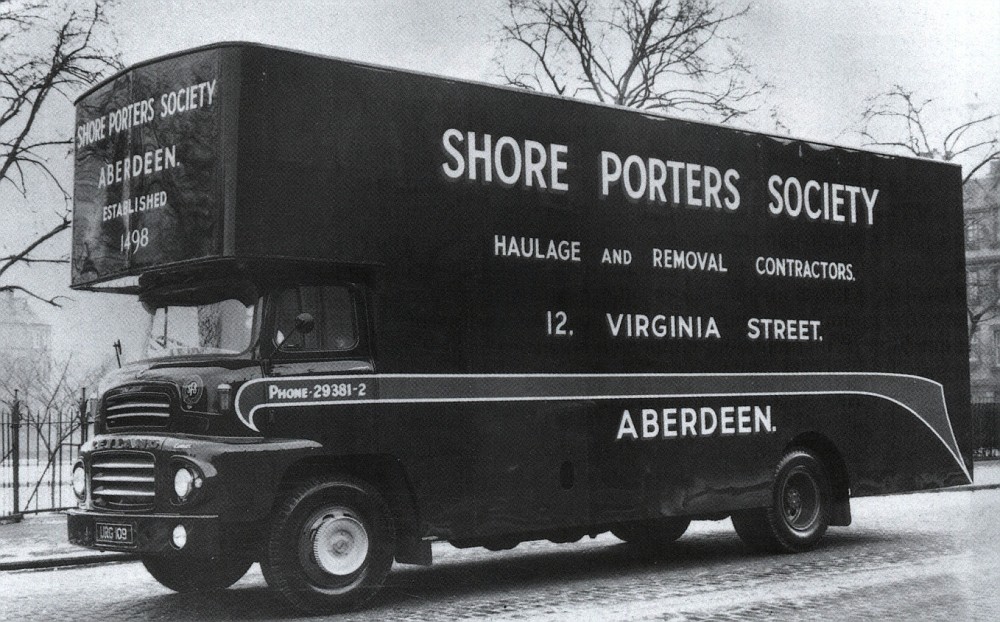
Aberdeen’s City Council owned the “Shore Porters Society” until the middle of the 19th century, when it was sold to private investors and took on a new identity as a private partnership. The firm now provides specialist transport of antiques and art pieces in addition to traditional UK haulage, moving, and house removal services. Its services are used by both private customers and public auction houses.
The world’s oldest gunsmiths: Bartolomeo Beretta, Italy, 1526
In 1526, Bartolomeo Beretta, a gunsmith in Gardone, Italy, got his start making history when he filled an order for 185 barrels to be used in constructing smoothbore rifles from Venice. The agreement that guaranteed him 296 golden Venetian ducats may be seen in the corporate archives to this day. The gunsmiths later provided another valuable service to Venice by making cannons for the Venetian navy that year (1571), when it took part in the historic Battle of Lepanto. The Holy League and the Ottoman Empire fought a valiant battle in the Ionian Sea, but the Turks were ultimately defeated.
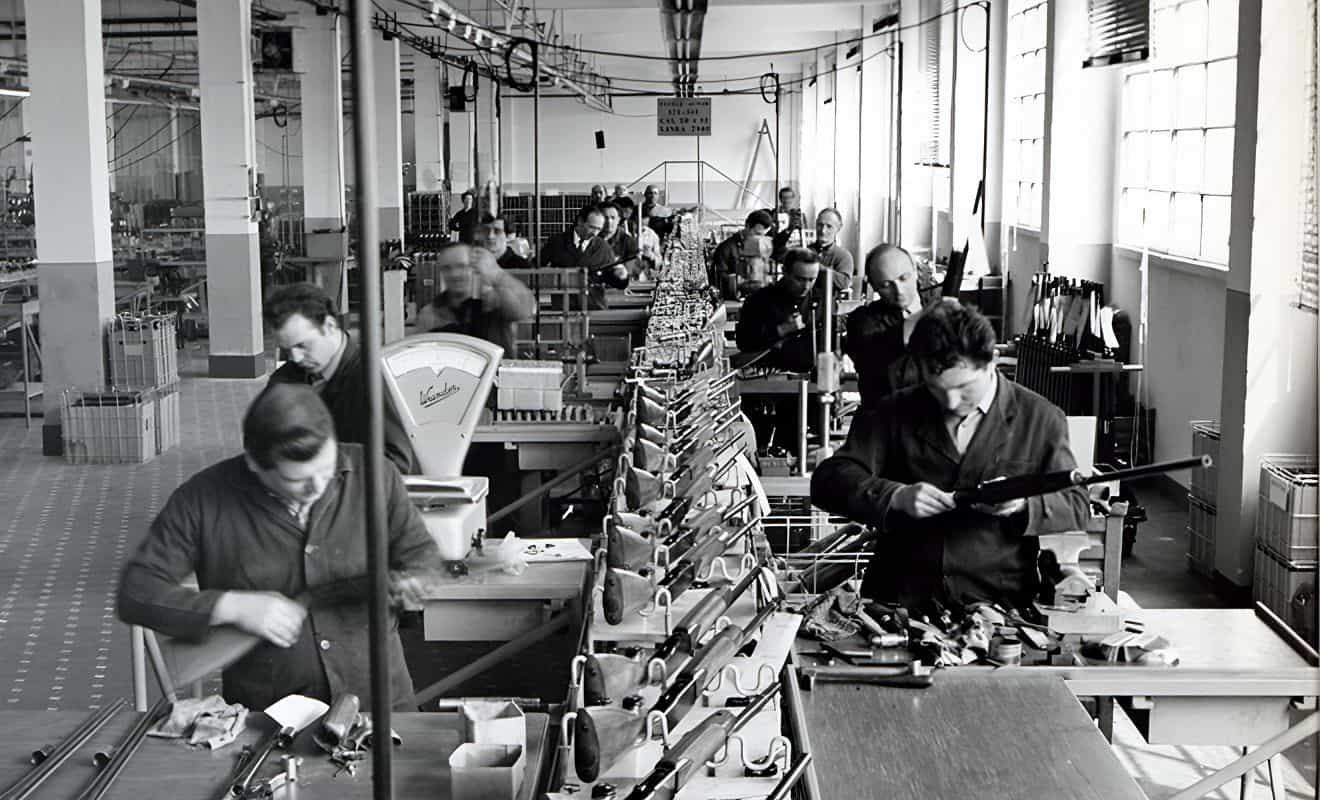
The firm, still owned by the Berettas, expanded rapidly during the following 500 years. Hugo Gussalli Beretta, the current CEO of Beretta, is a direct descendant of the company’s founder, Bartolomeo Beretta, and it is expected that one of his two sons would take over as CEO in the future.
The world’s oldest publishing house: Cambridge University Press, England, 1534
As a result of King Henry VIII‘s directive in 1534, the Cambridge University Press was established. The patent paperwork from the king gives the school permission to “publish all types of books.” But half a century later, after the printer at Cambridge was the scholar Thomas Thomas, the first printed books arrived. He was hired in May 1582, and by 1585 he had produced his first book, the work of French philosopher Pierre de la Rame entitled The Dialectic. It all started with Thomas’s disciple, John Legate, printing the Cambridge Bible in 1591, which launched a centuries-long tradition of Bible publication at the institution.
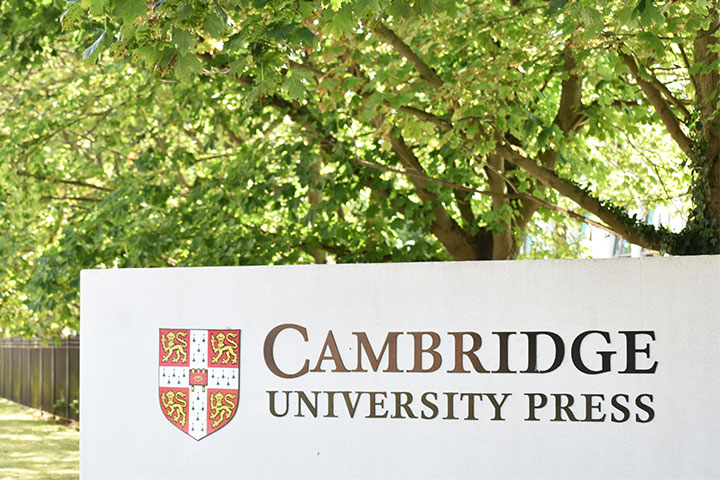
As a result, Cambridge currently publishes hundreds of publications annually, including classics like those written by John Milton and Isaac Newton as well as scholarly journals, monographs, reference works, and English language textbooks that are used all over the world. In 1992, however, Cambridge University finally built its own shop at 1 Trinity Street in the heart of the old city. It is known that on this precise site several merchants have been selling books since 1581, which permits some academics to consider this business the oldest bookstore in Great Britain.
The world’s oldest manufacturer of musical instruments: Zildjian, Turkey, 1623
Although Zildjian was founded in 1623 in Constantinople, it is frequently considered to be one of the oldest firms in the United States. Avedis, an Armenian in the Ottoman Empire who practiced alchemy, supposedly founded it in his search for a technique to transform base metals into gold. After experimenting with various metals, he came across copper, tin, and silver as an alloy whose sheets made a very pristine and lovely sound. After Avedis began using this alloy to create cymbals and other musical instruments, it is said that Sultan Osman II took notice and bestowed upon him the surname Zildjian, a combination of the words zil (meaning “cymbals”) and dji (meaning “he who makes”), to which the sultan later added the traditional Armenian surname suffix “Yan“.
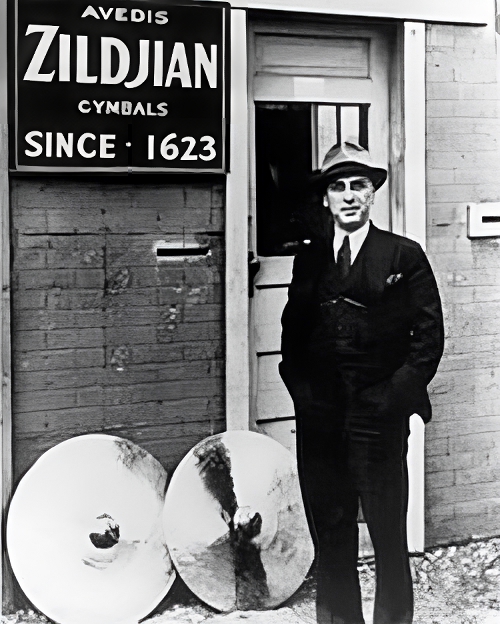
Janissaries revolted and assassinated Osman II not long after Avedis started creating cymbals. Zildjian’s ancestors continued to produce percussion instruments for well over two centuries after his death, including the ominous-sounding combat cymbals that were used to strike fear into the hearts of the enemy. It wasn’t until the 19th century that Avedis shifted its focus to musical cymbals, and it wasn’t until the early 20th century that the family’s descendants immigrated to the United States.
The Avedis Zildjian Company, often referred to as Zildjian, was officially founded in September 1929 with its current name. Since then, it has become an integral component of American popular music and has gained widespread recognition throughout the world. During World War II, when the United States limited firms’ ability to buy copper because of its strategic importance, the US government granted Zildjian special permission to purchase raw materials.



